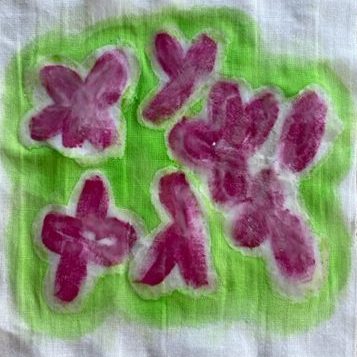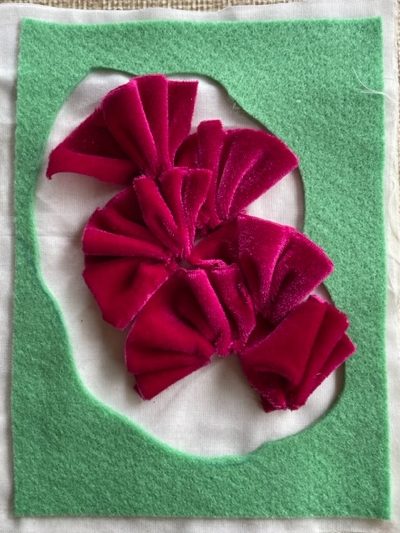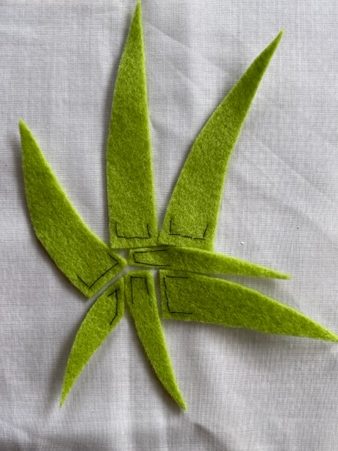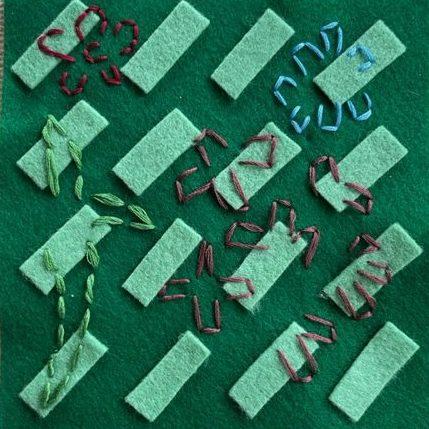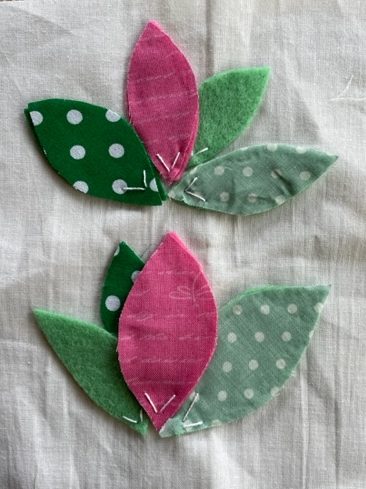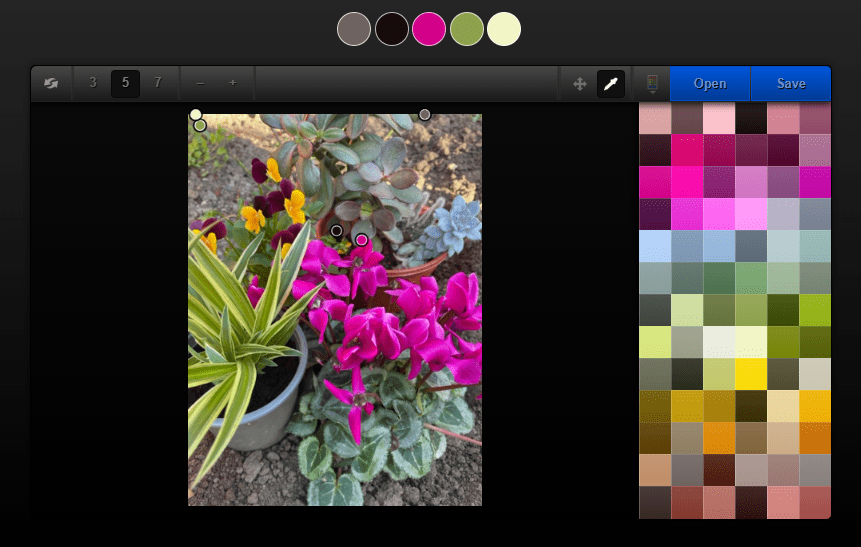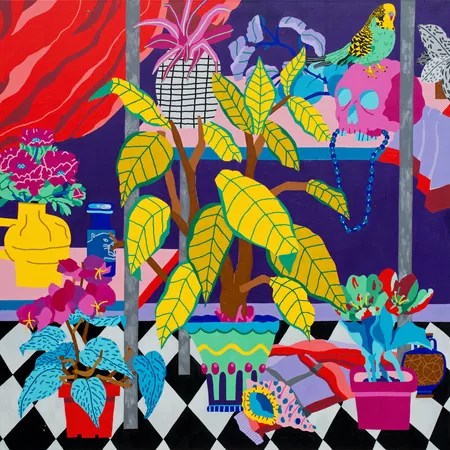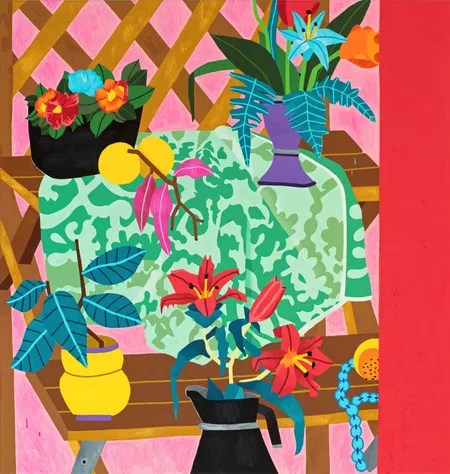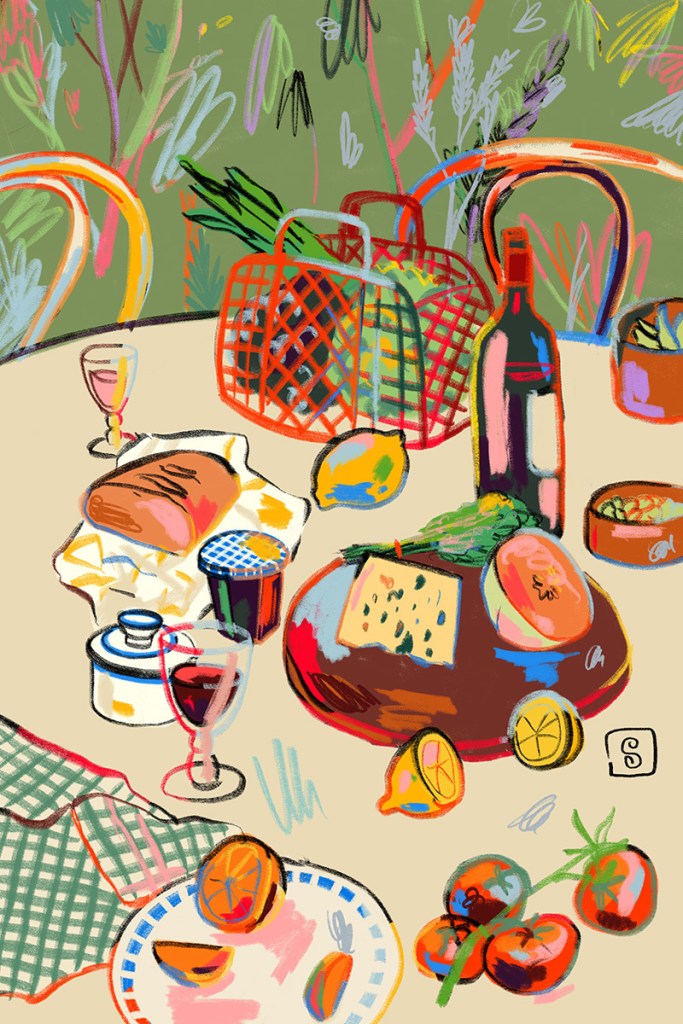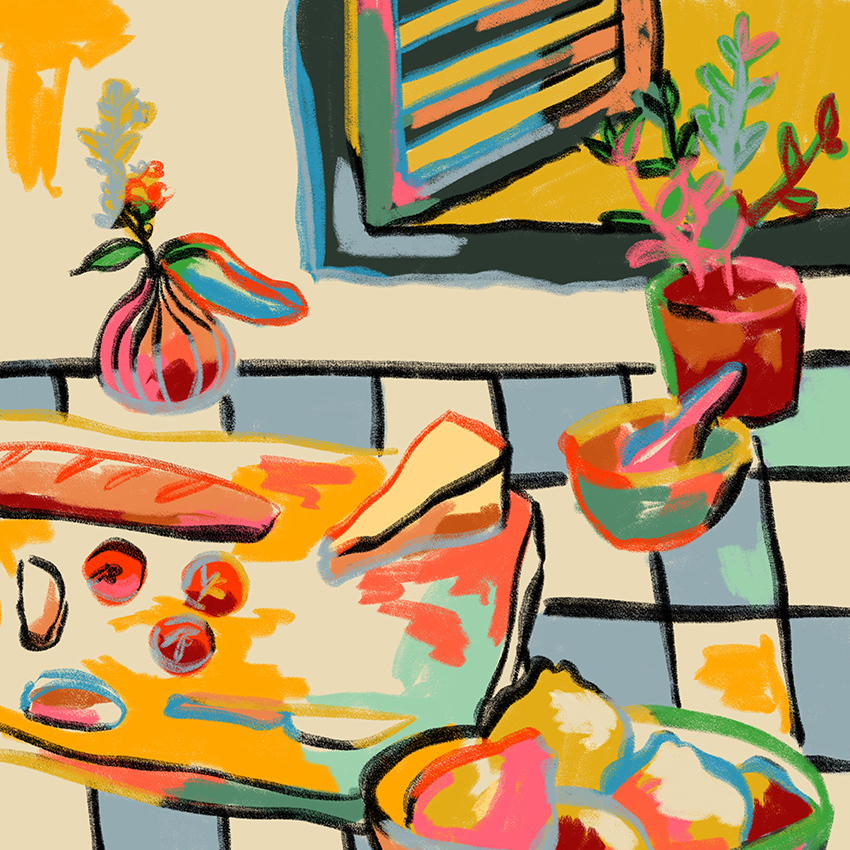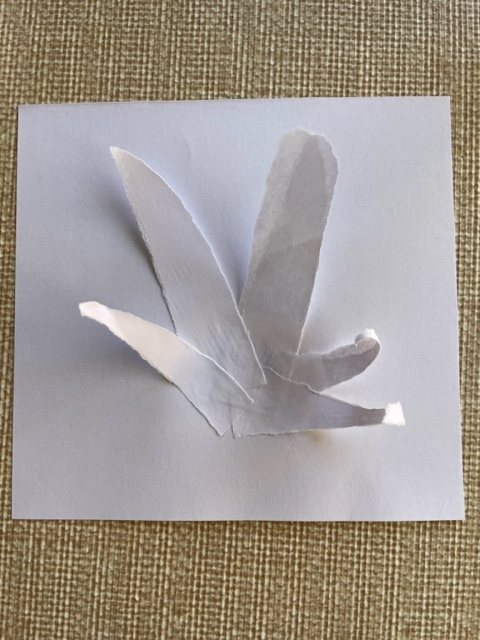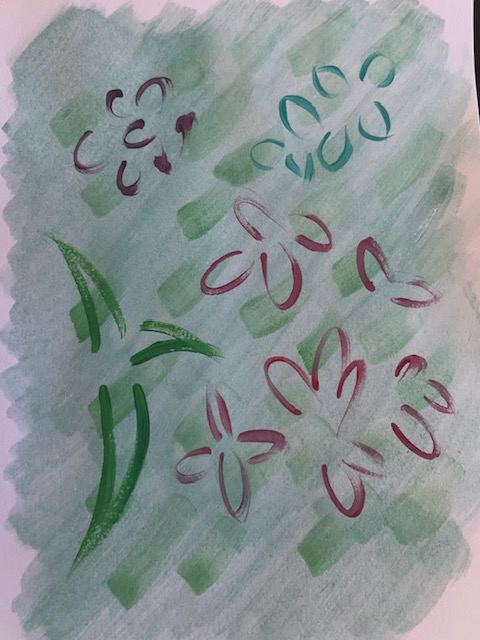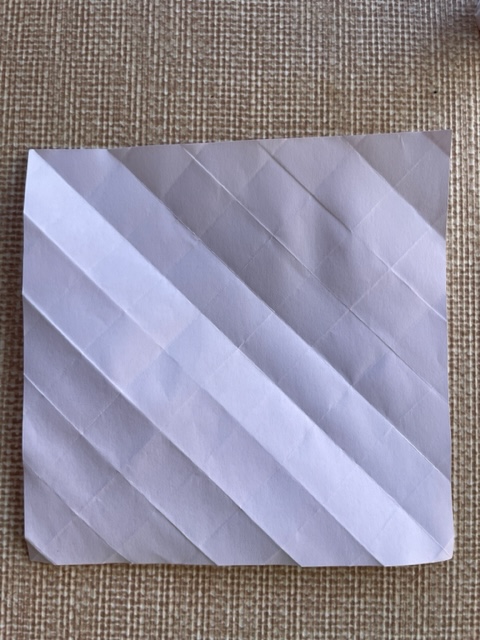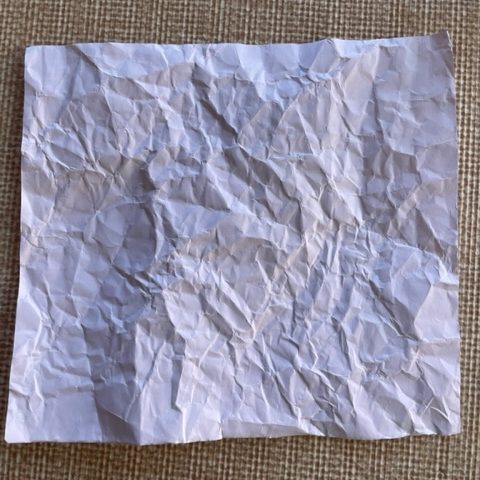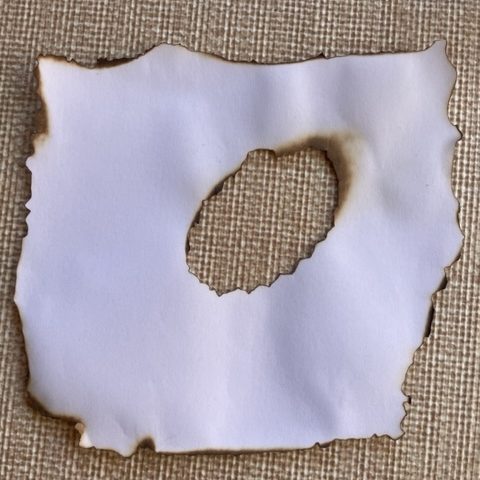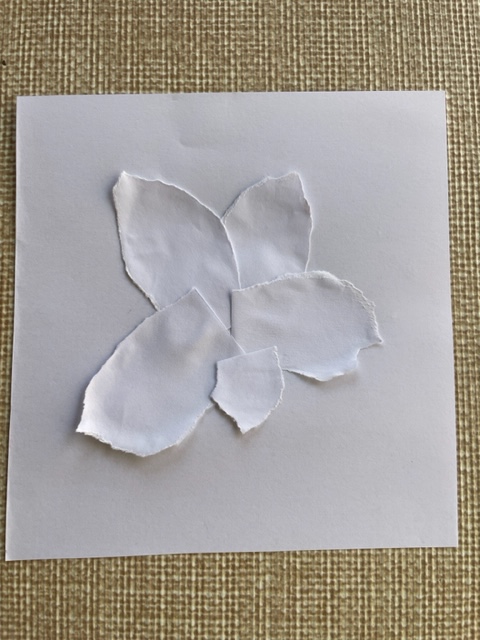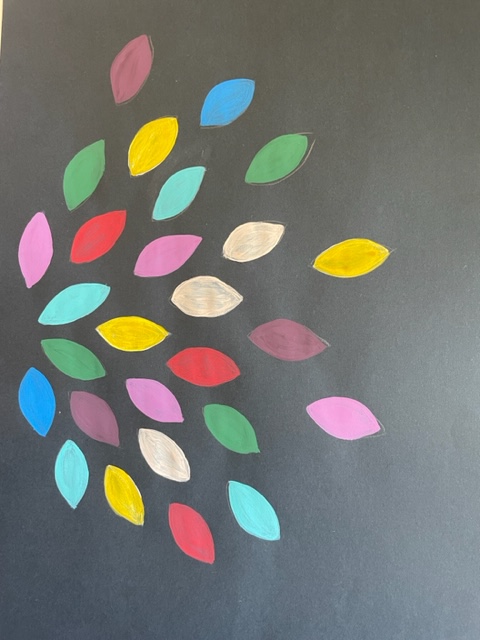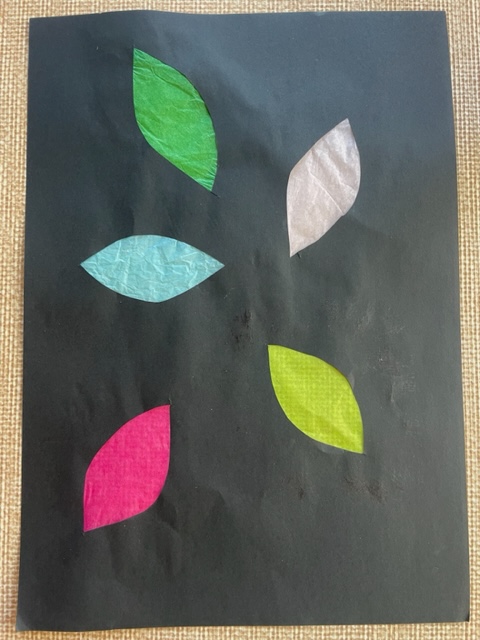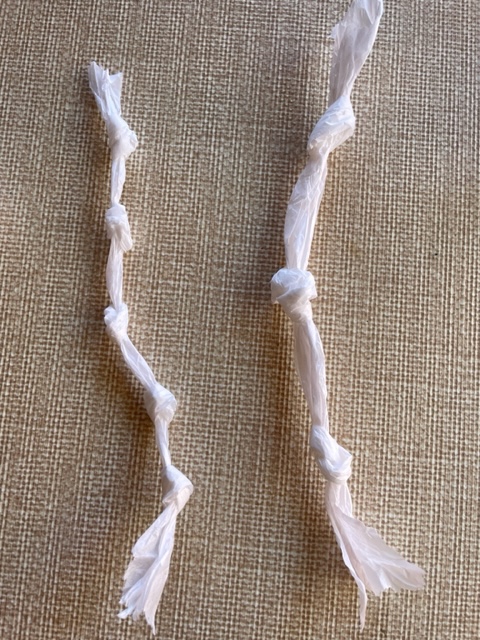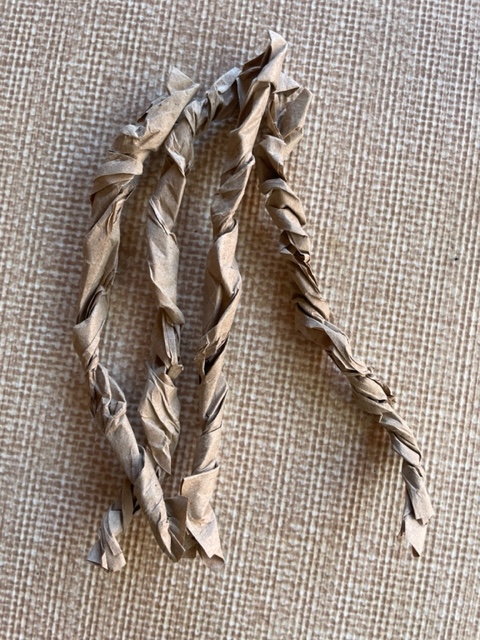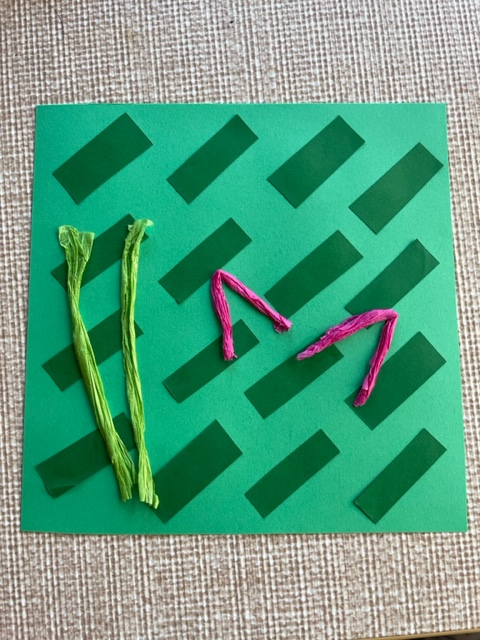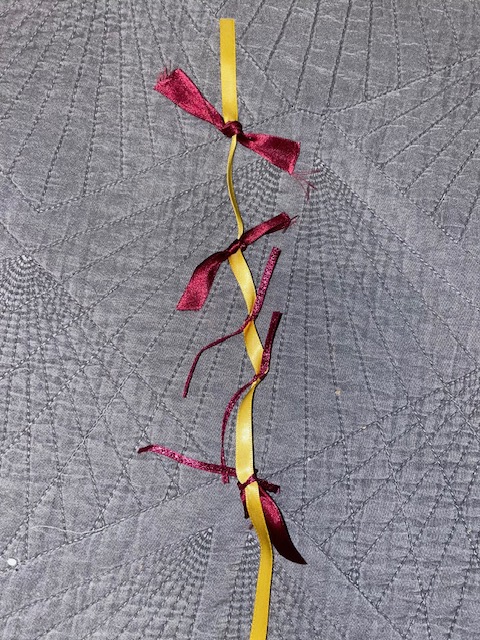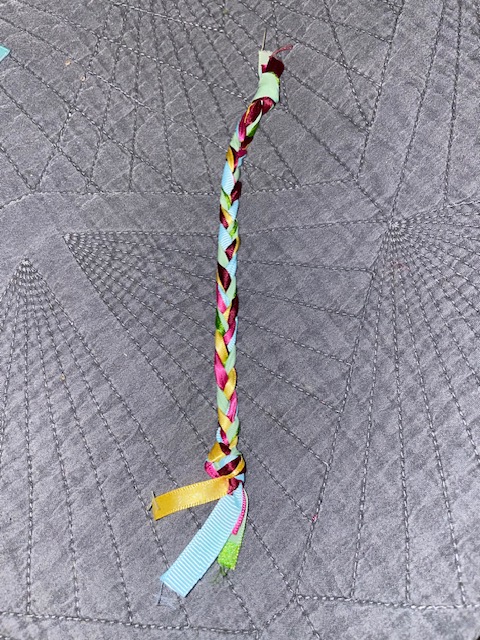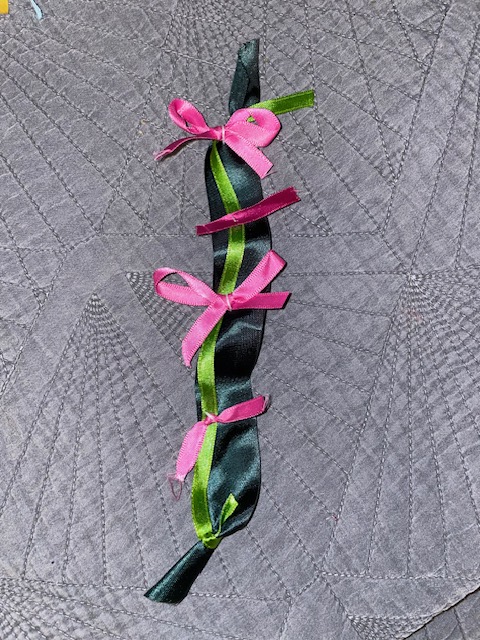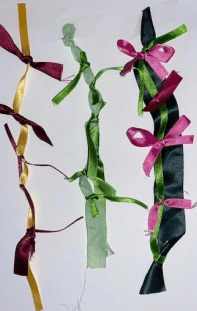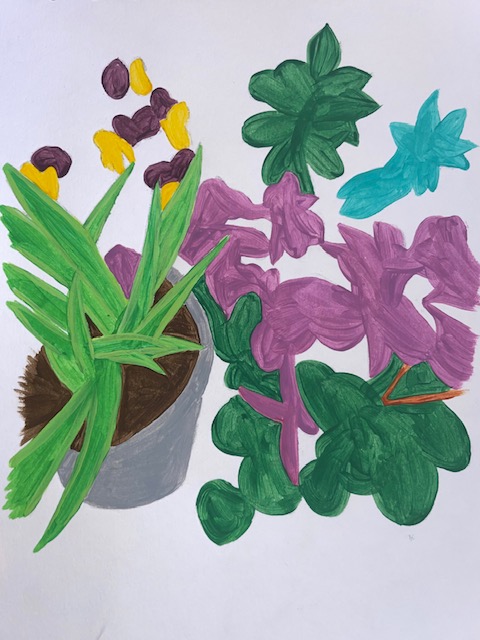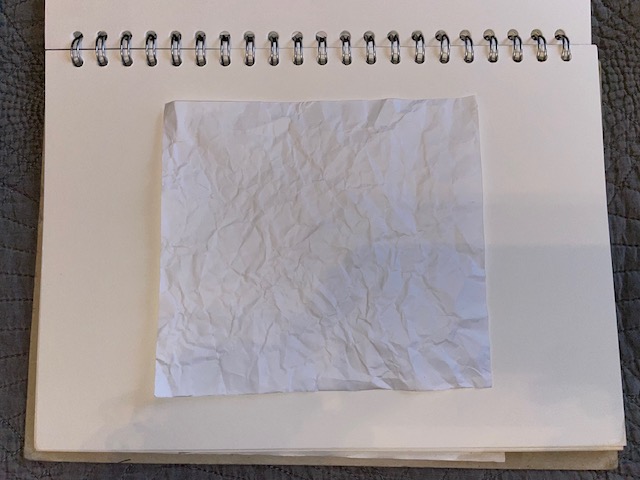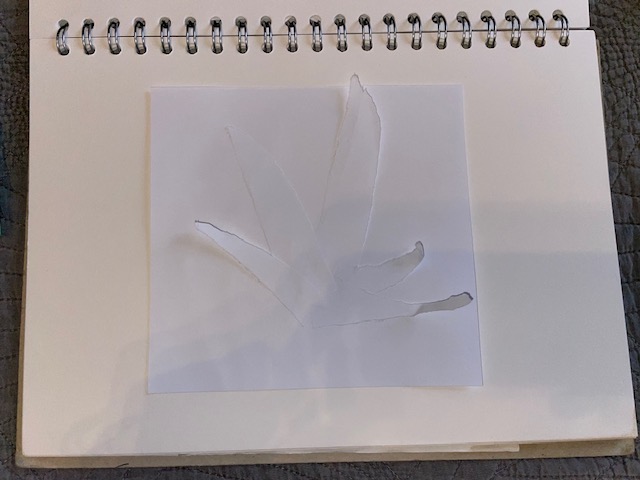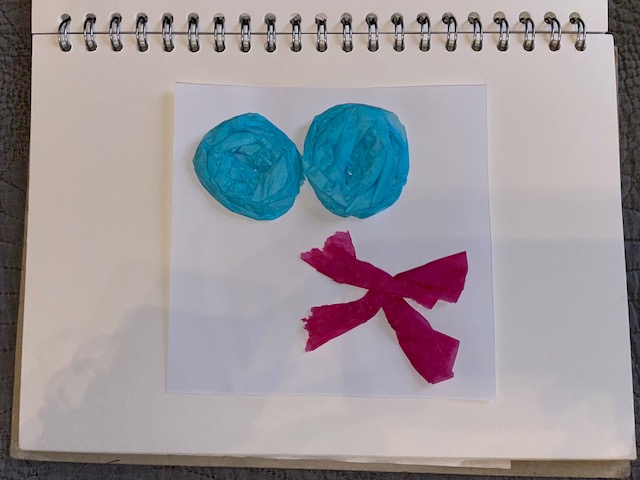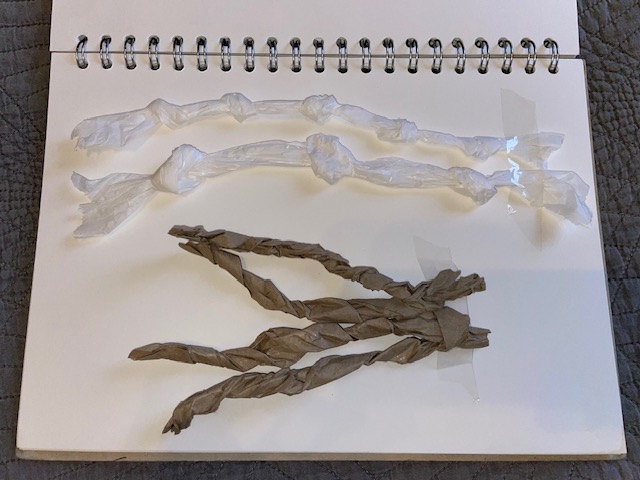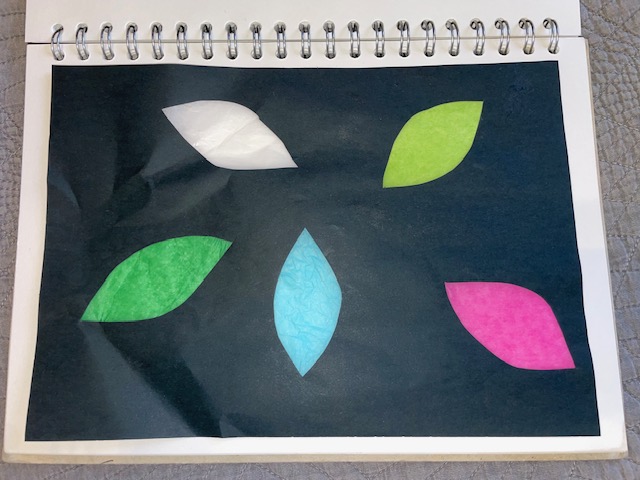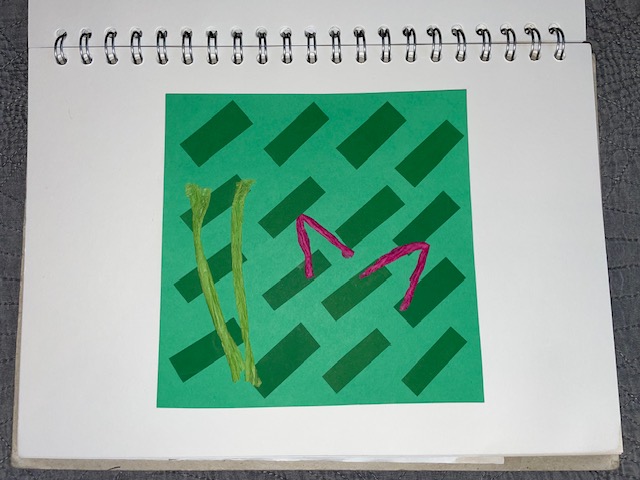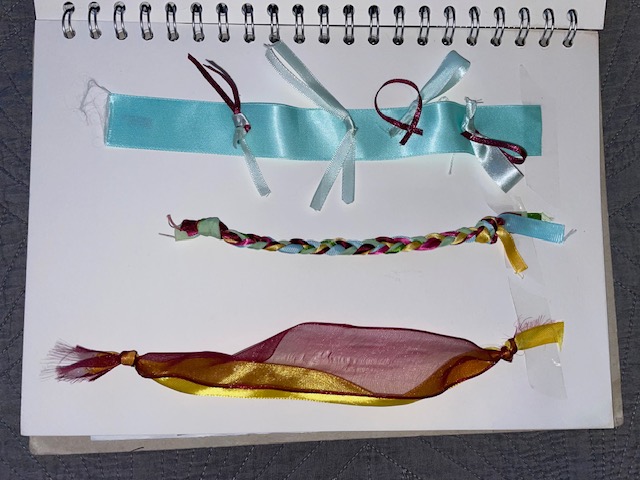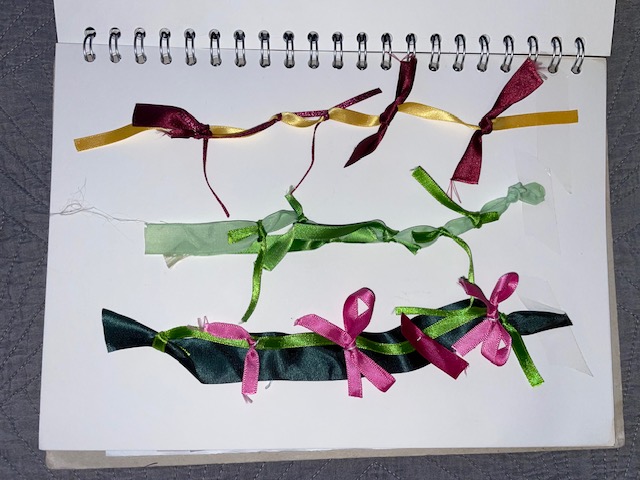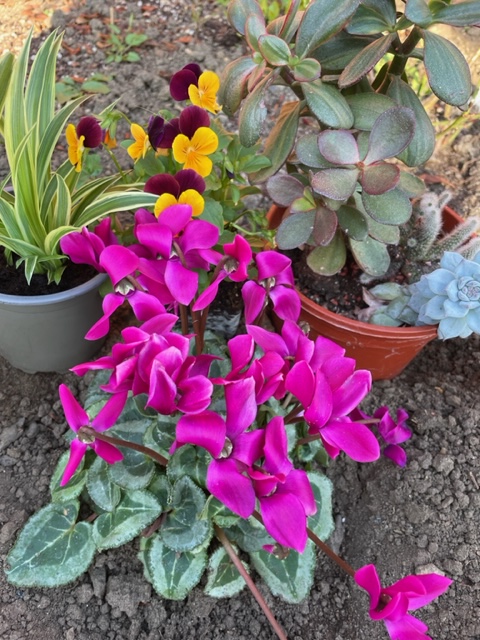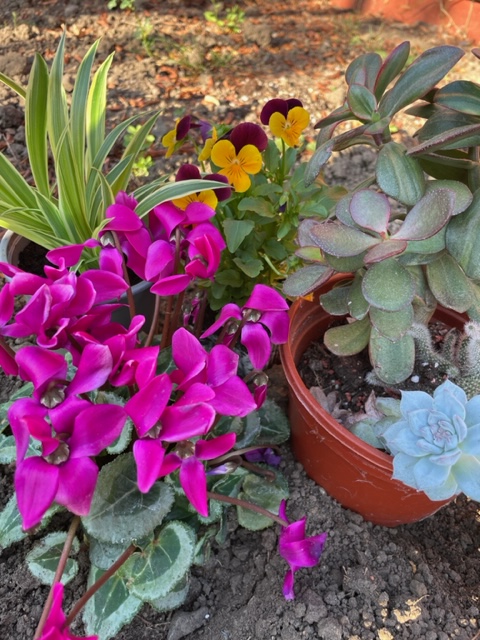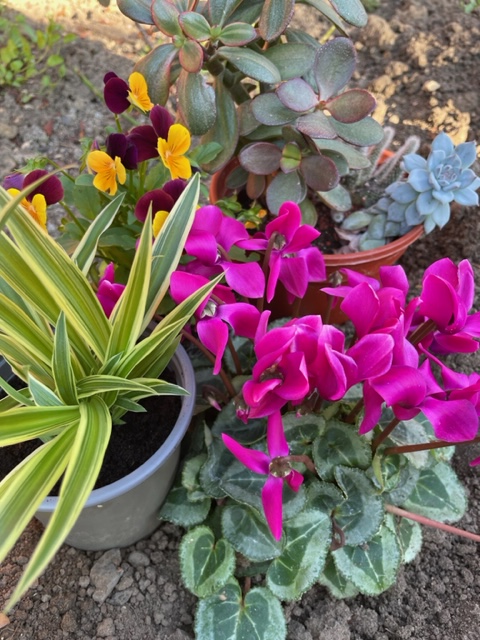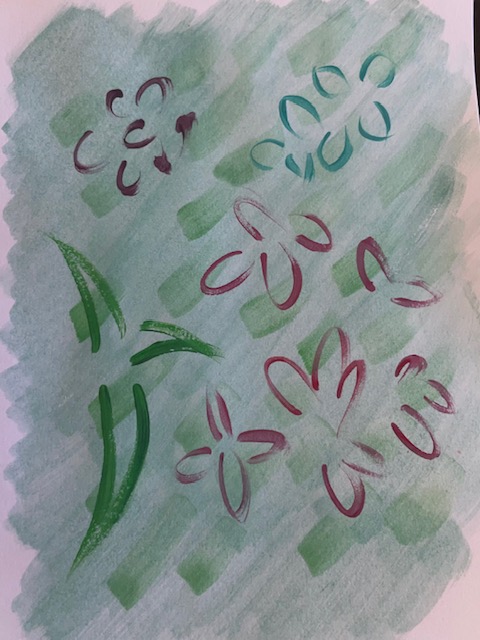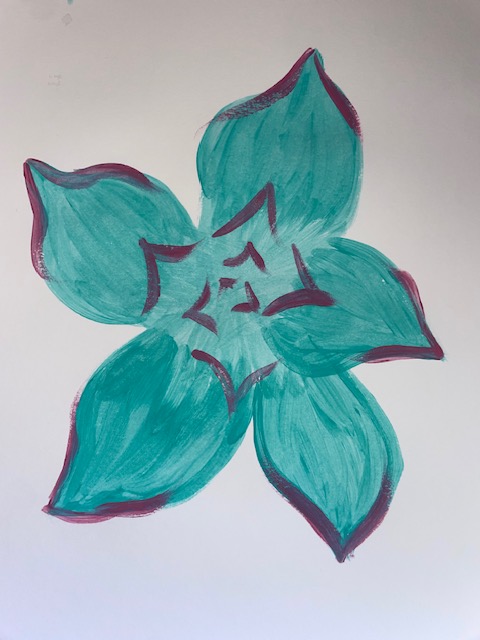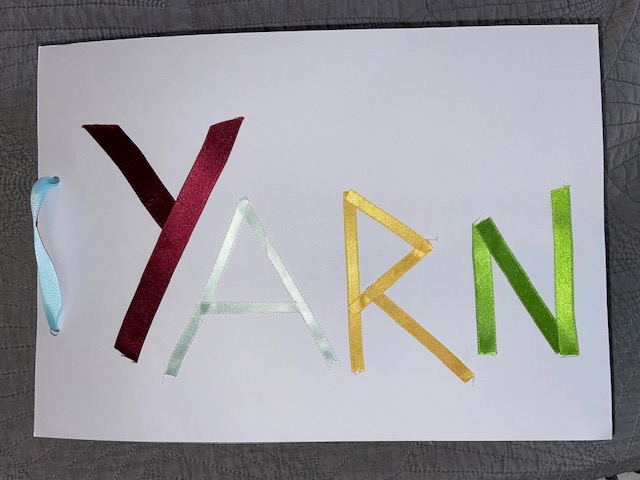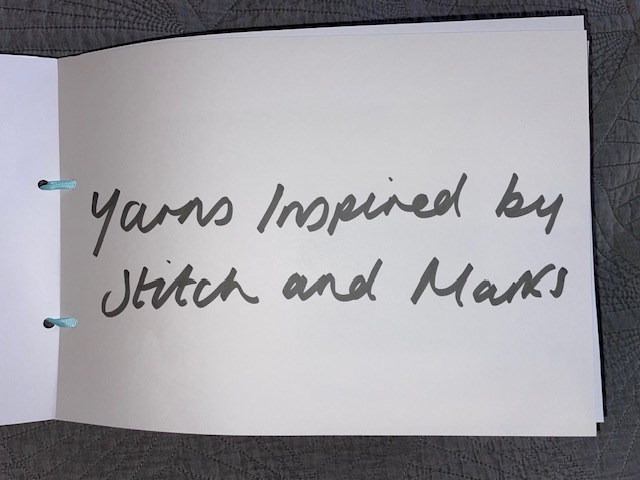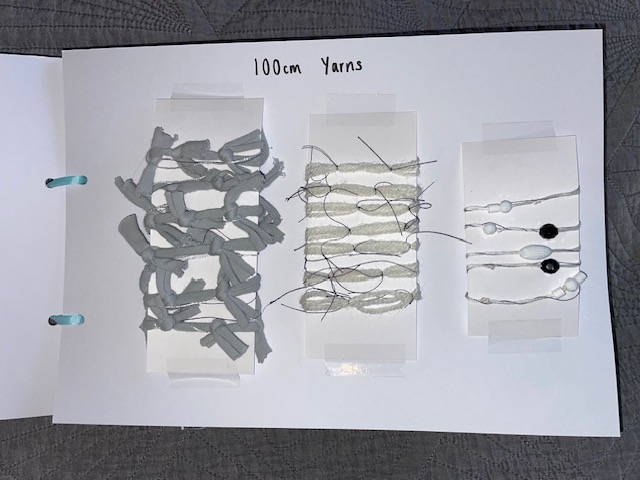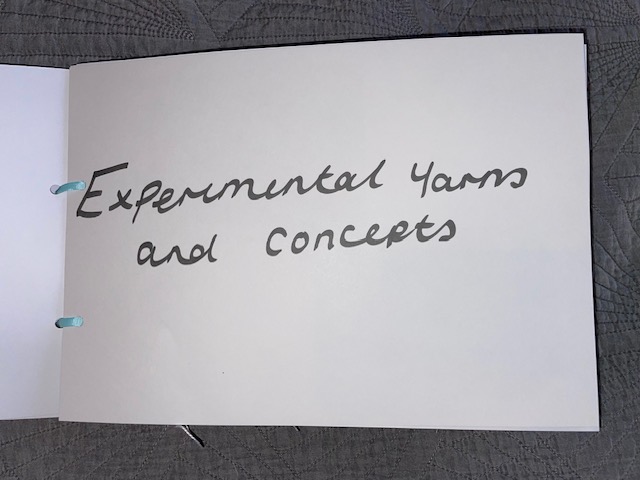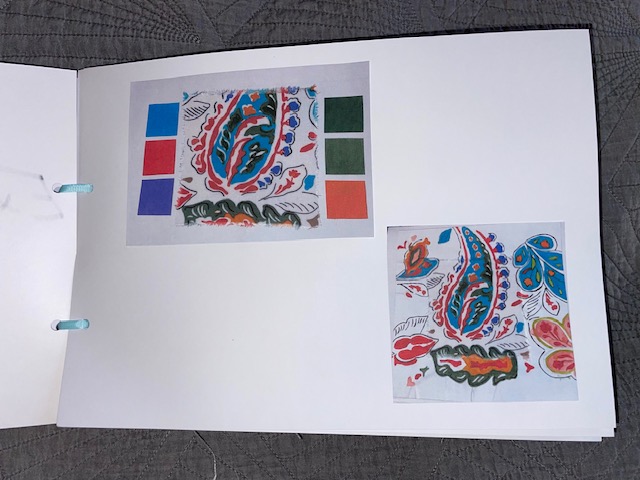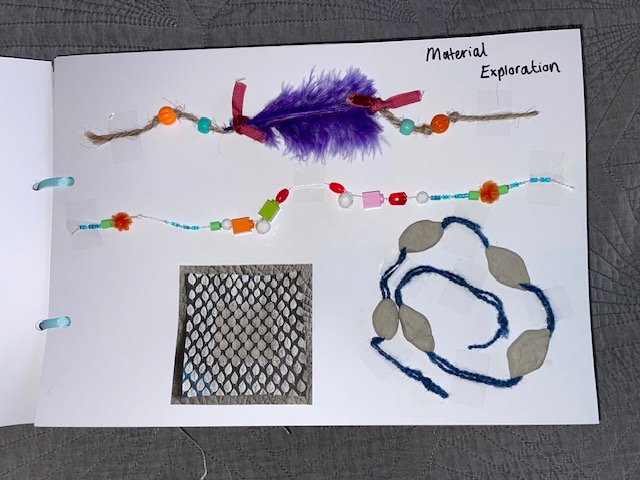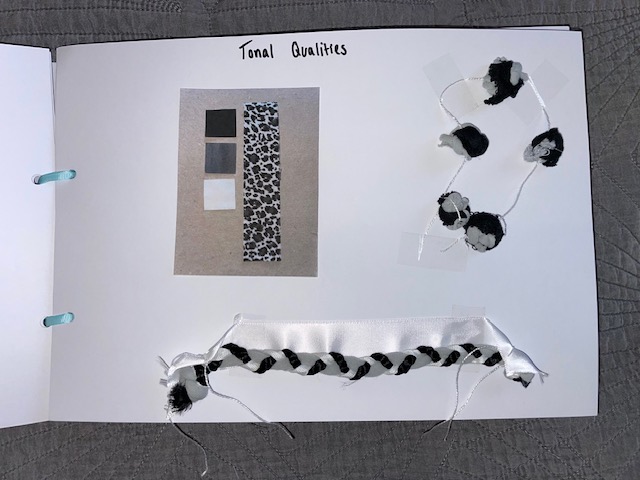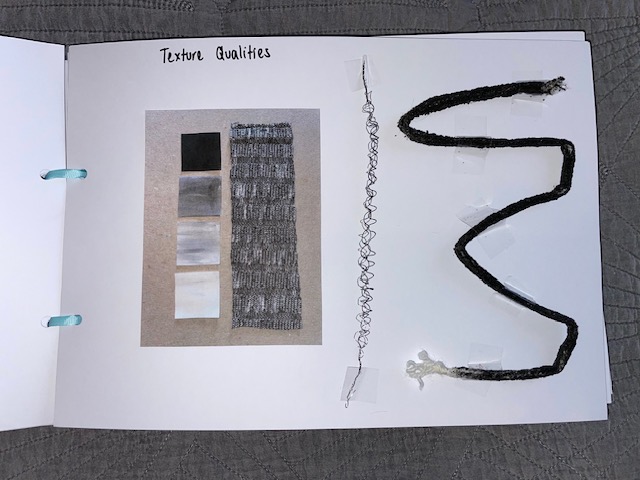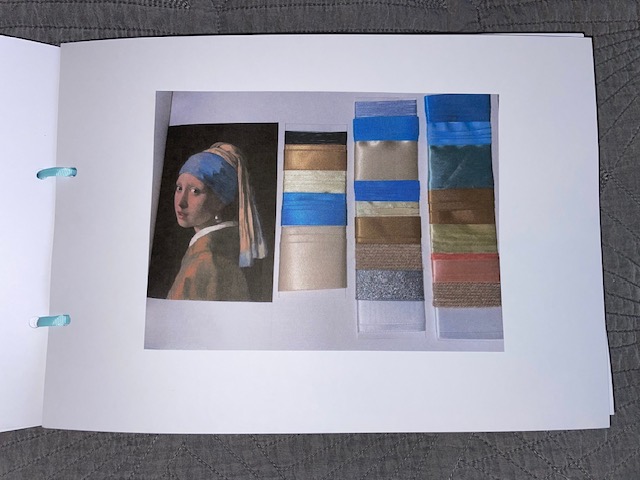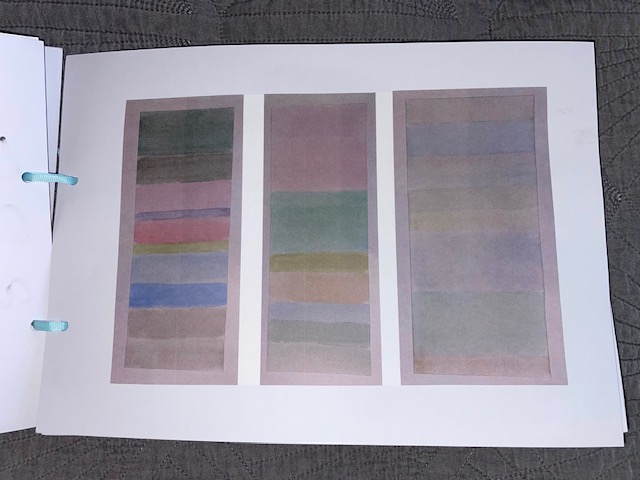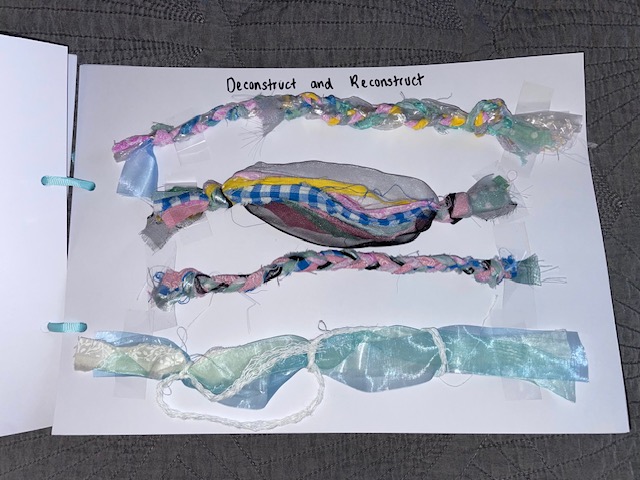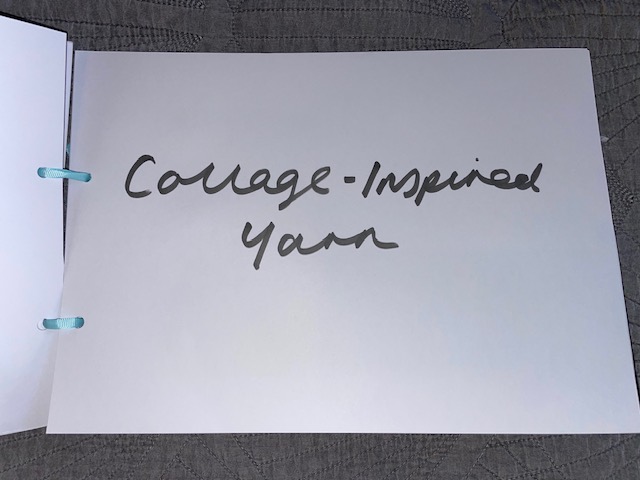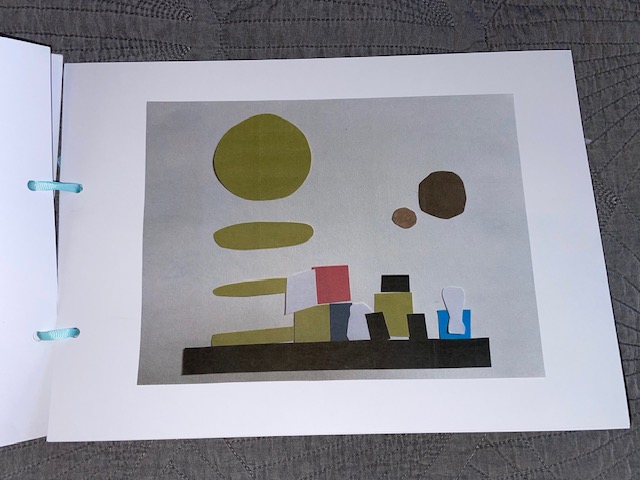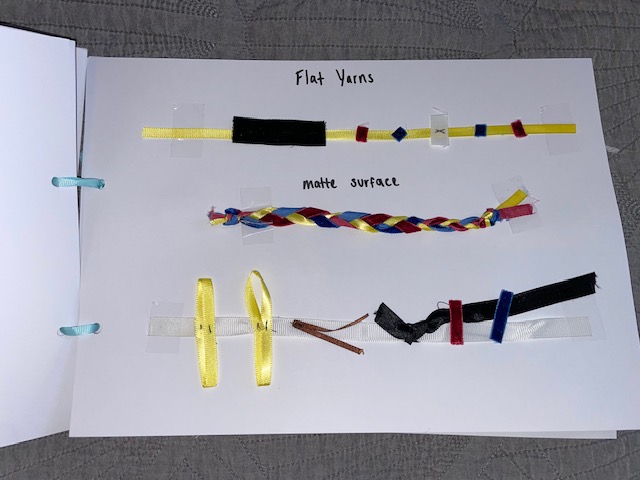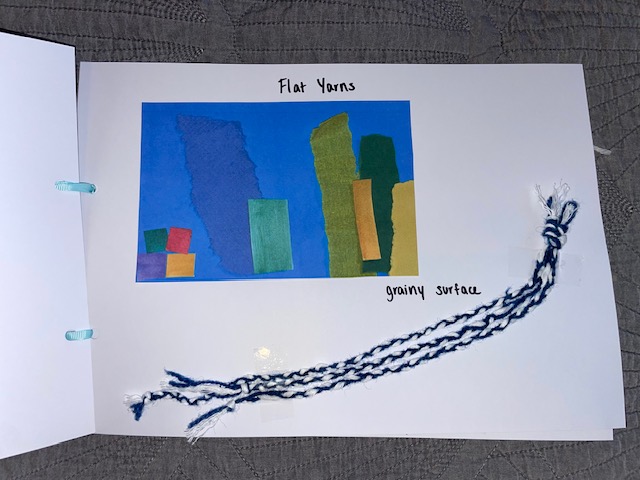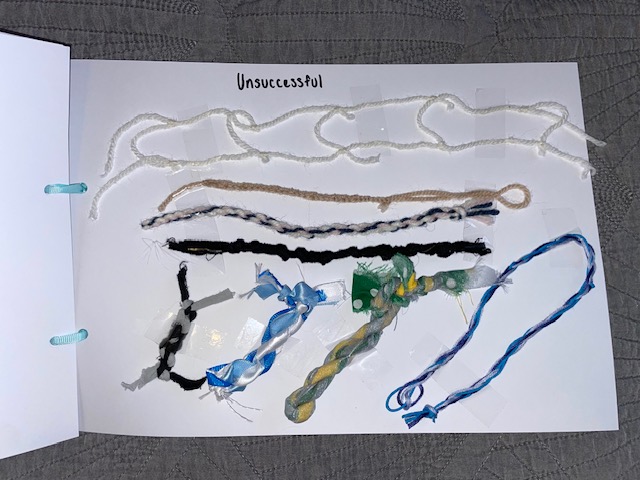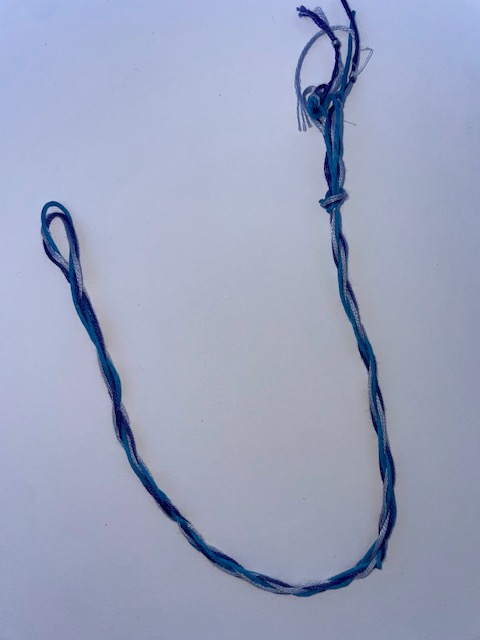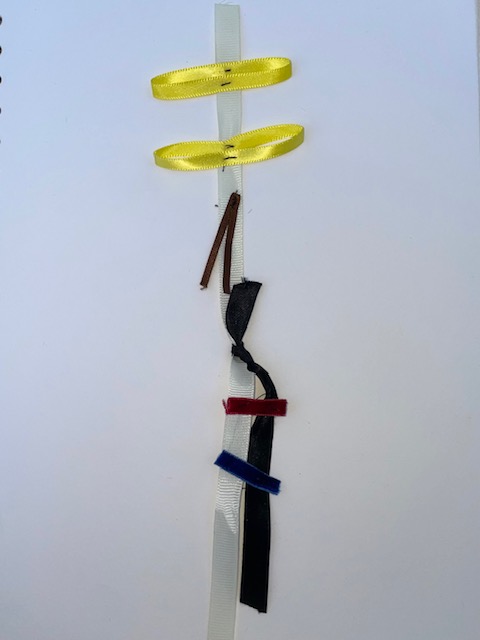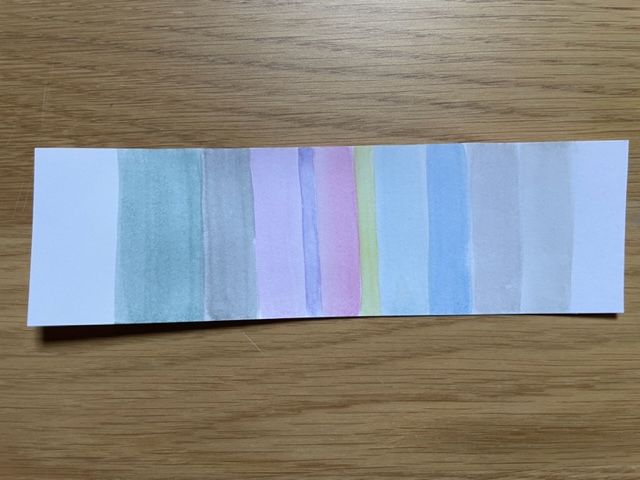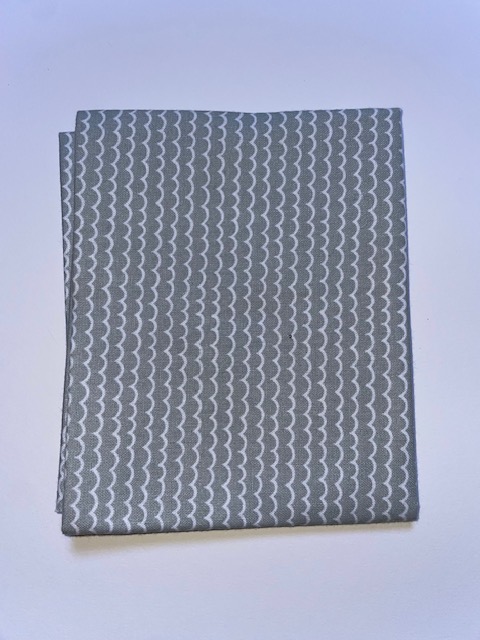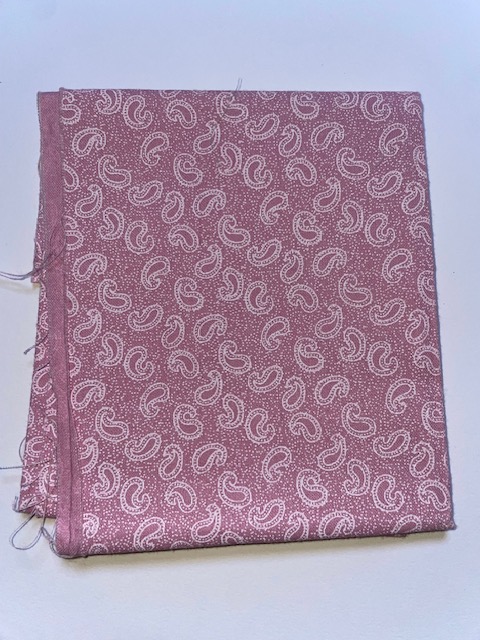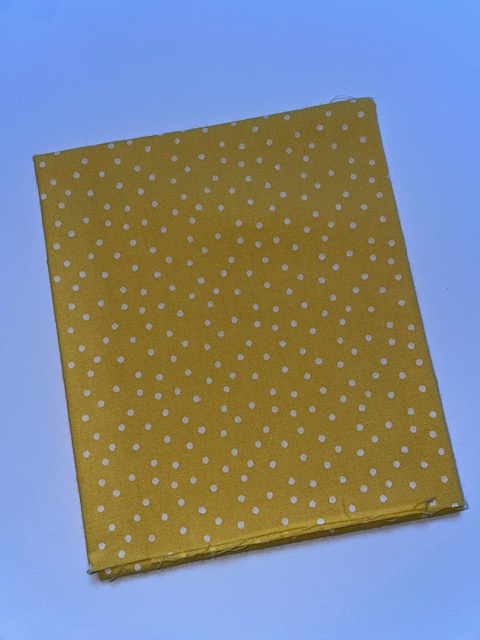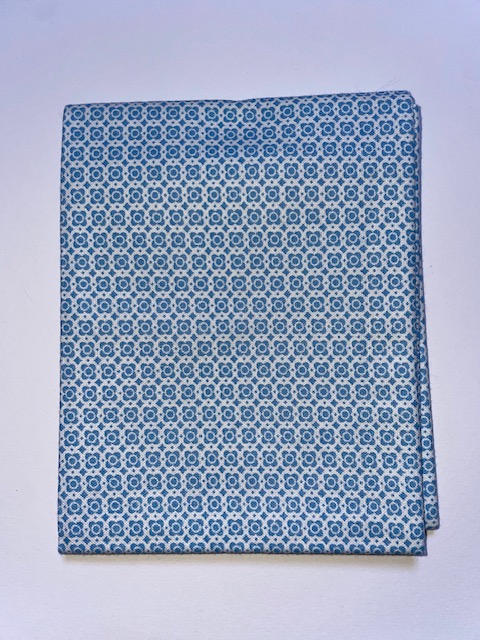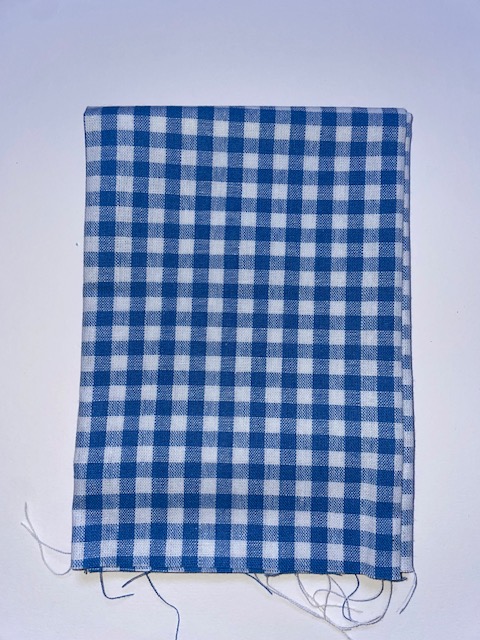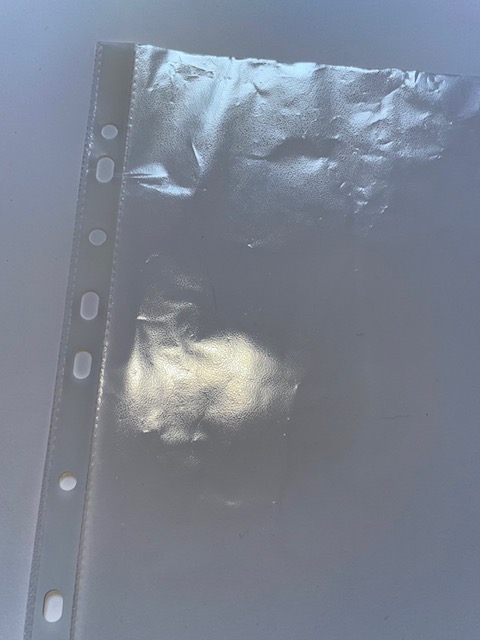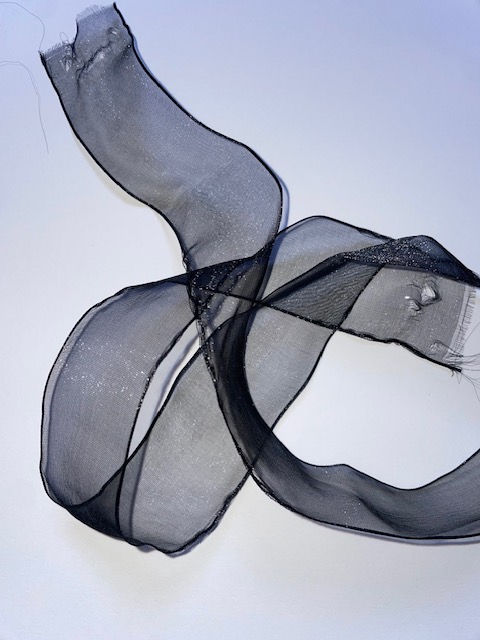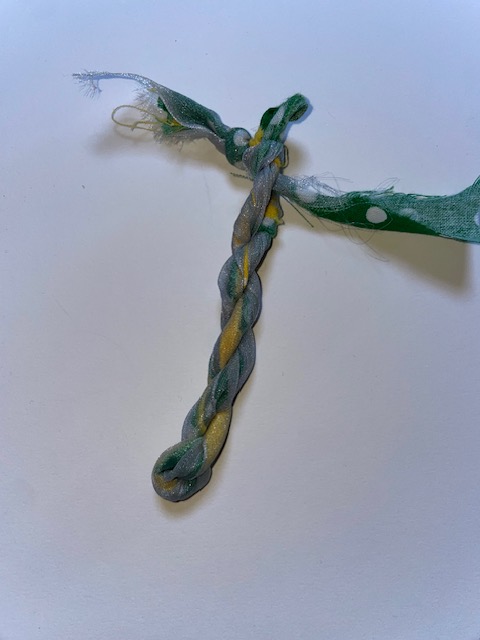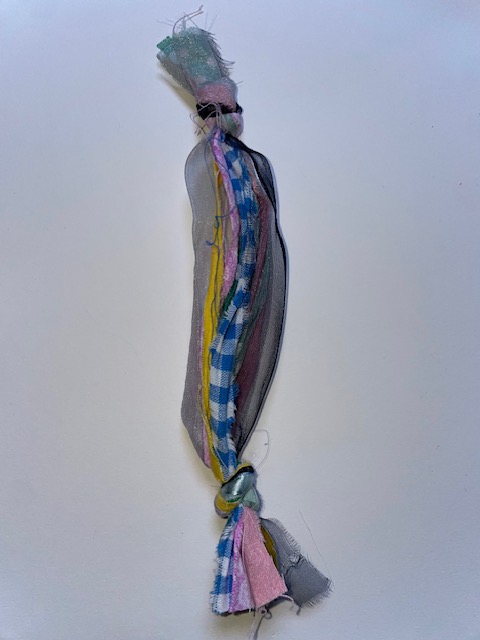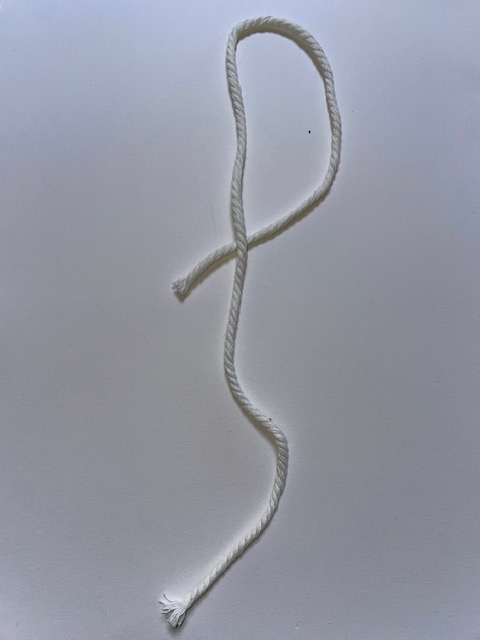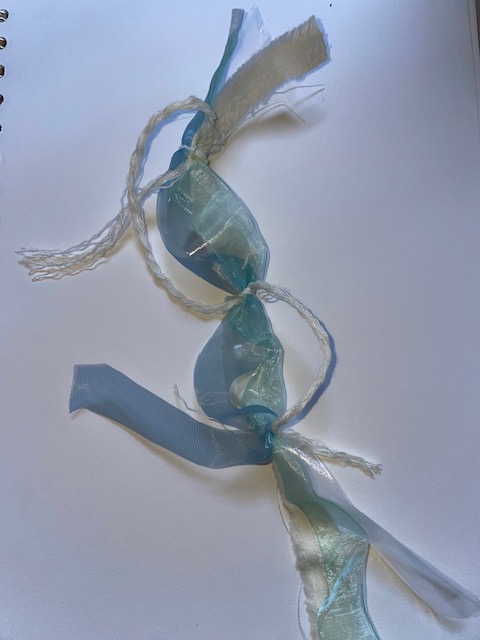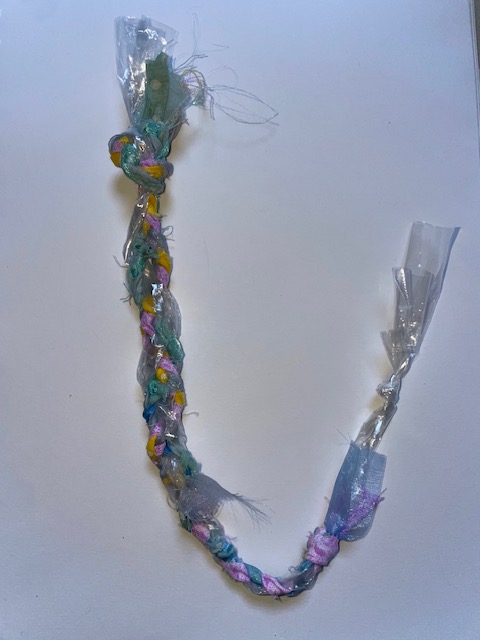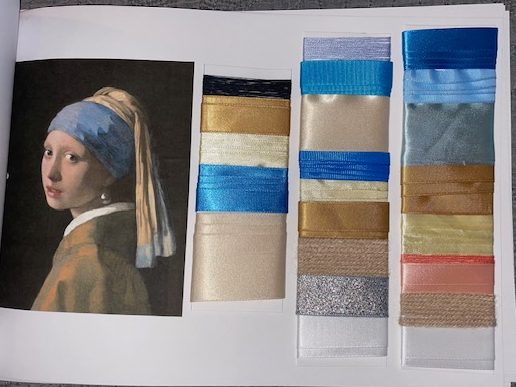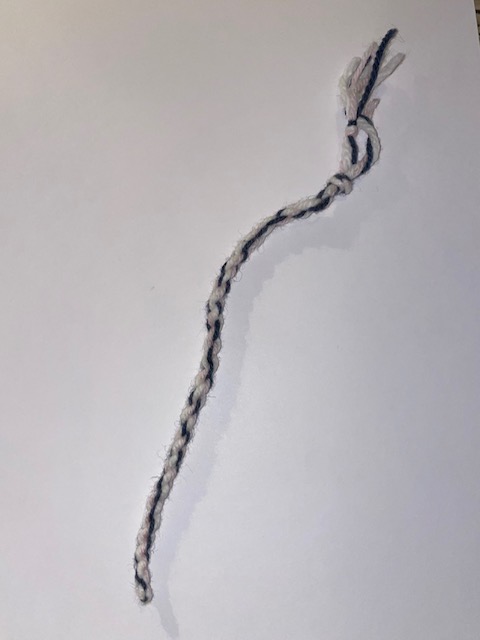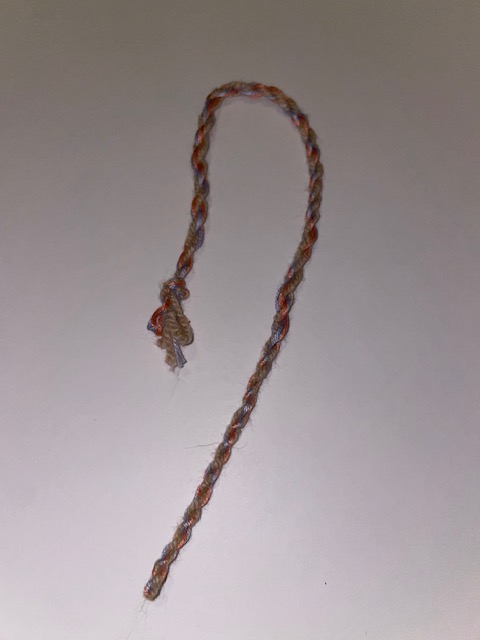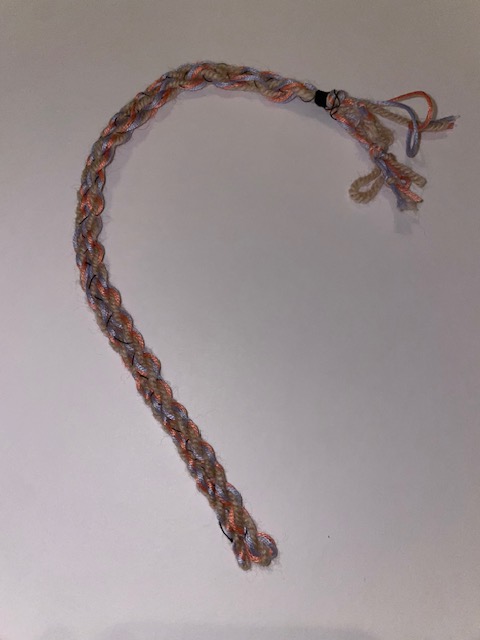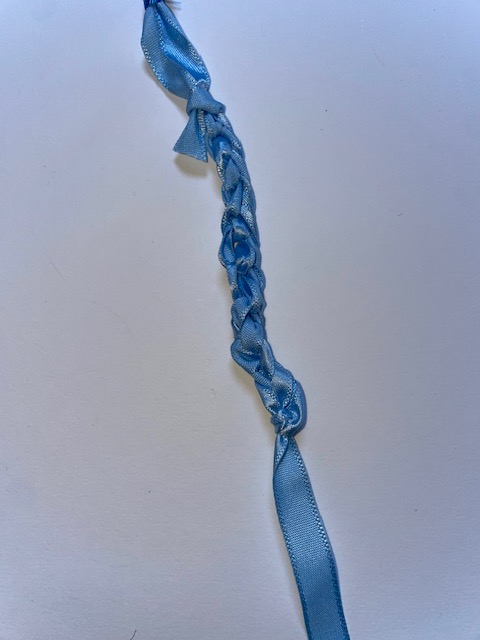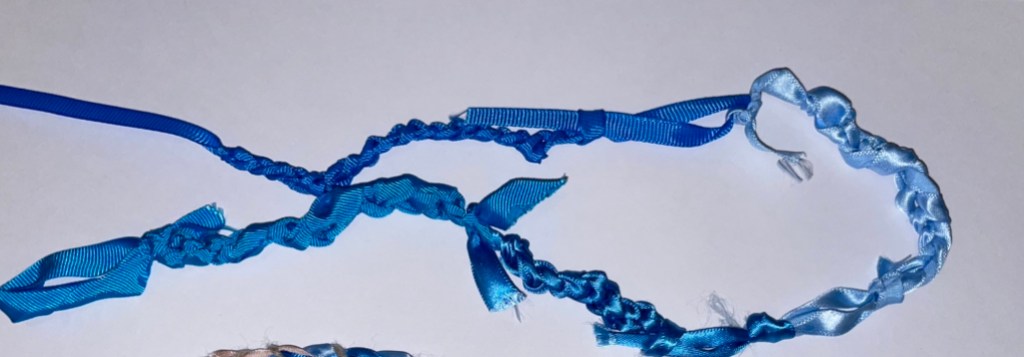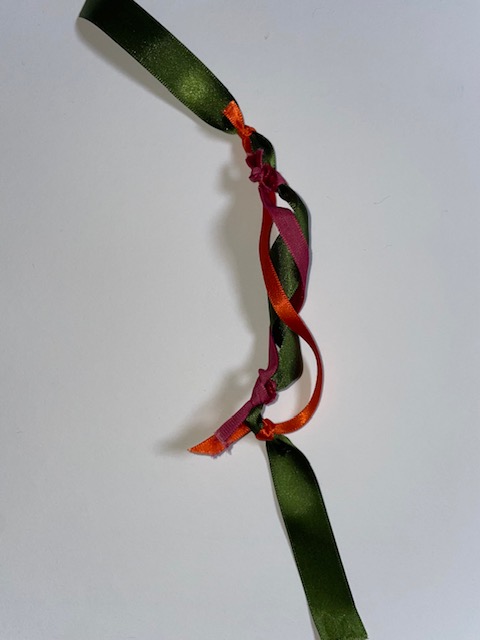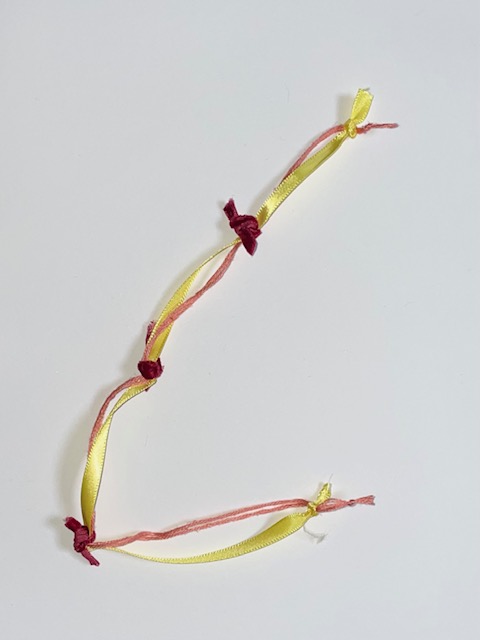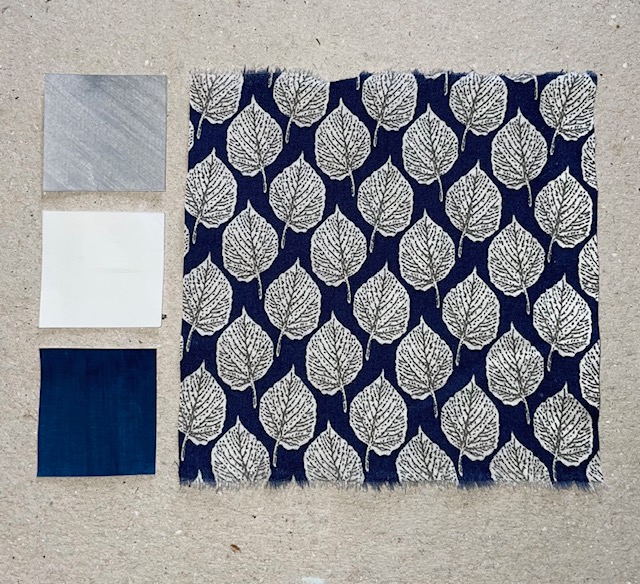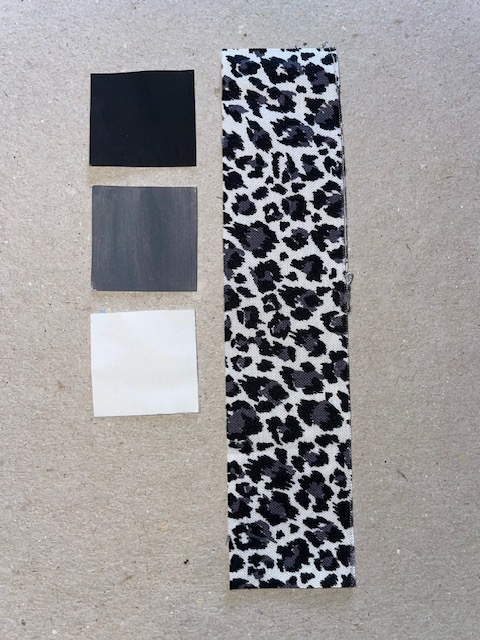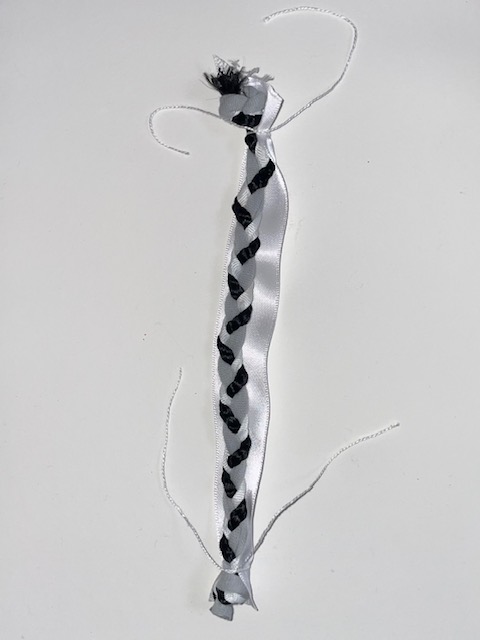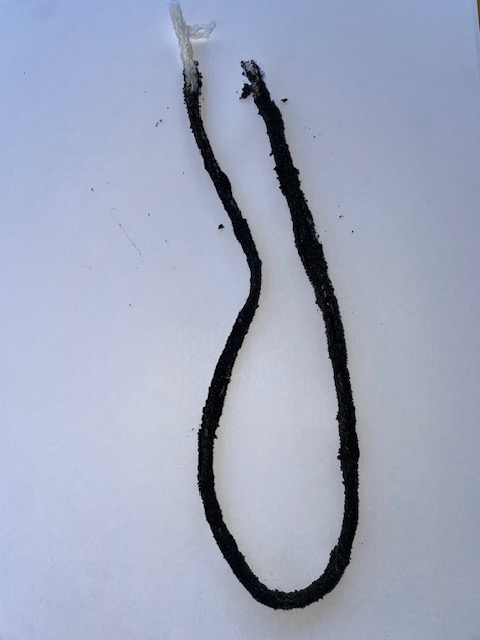In this final assignment, I had to consider all the work created in Projects 1, 2 and 3 and aim to communicate the particular discoveries that I found exciting. I made some notes in my notebook about which were the most successful and decide to develop them further. This was an opportunity to improve upon my experimental samples by refining the techniques. I had to create 6 samples of 30cm by 30cm in size.
Firstly, I researched the actual definition for patchwork because I always thought it was patching fabric on top of each other and I wanted to see if that was correct or not. Turns out that you are meant to patch the pieces together so I took that on board and created a patchwork textile 30cm by 30cm. I selected the coloured fabric that relates to the colours on my primary source photo. I then cut them to the proportion of colour on that photo. I used normal cotton, felt and velvet and sewed them together using white thread. Although it was my first proper attempt at patchwork, I was pleased with the outcome.
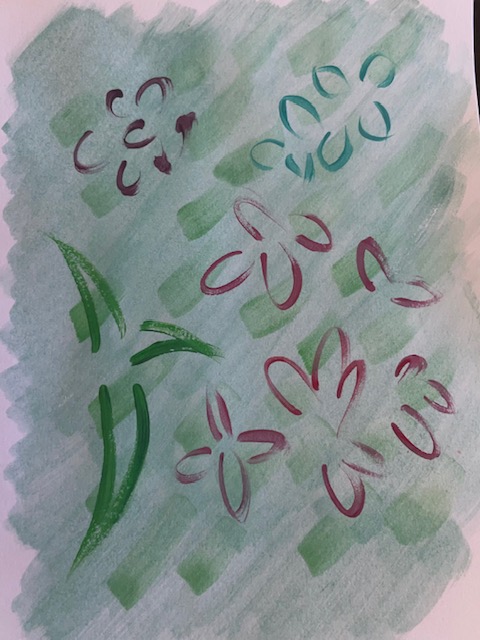

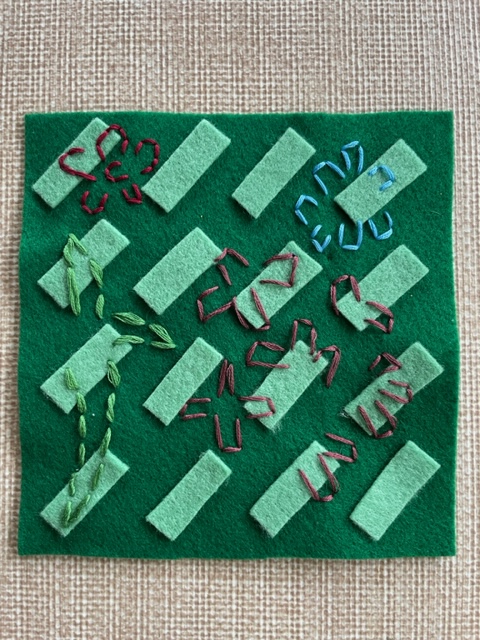
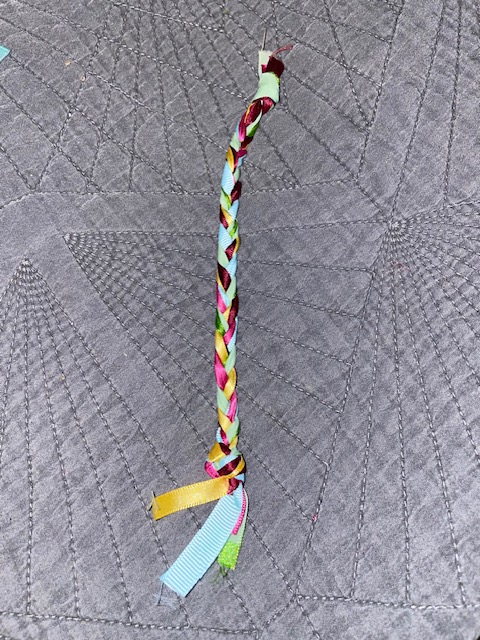
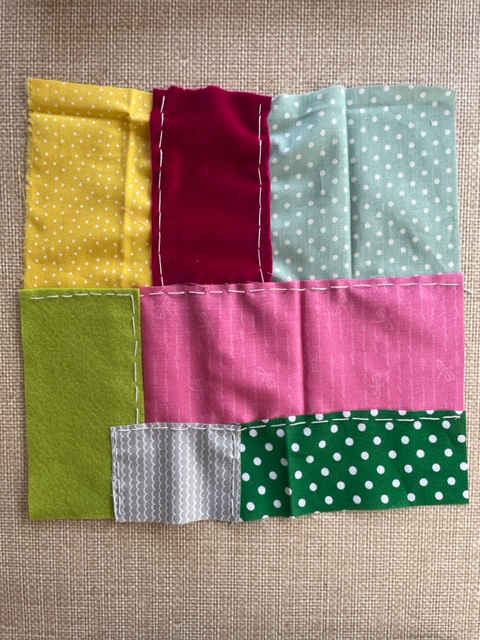
The batik I did for Project 3 was the first I’d done in many years. I pretty much did the same thing as the small textile but this time I refined my technique. I forgot that when you have finished the dying of the fabric, you’re meant to iron the wax out to bring it back to a normal fabric with no wax. I painted the pink flowers, covered them in wax and then dyed the fabric green. Once it was dry, I went back in with a darker shade of green and made the little flicks coming out from the flower. When that was done, I ironed out the wax sandwiching it between some sheets of brown paper that soaked the wax up.

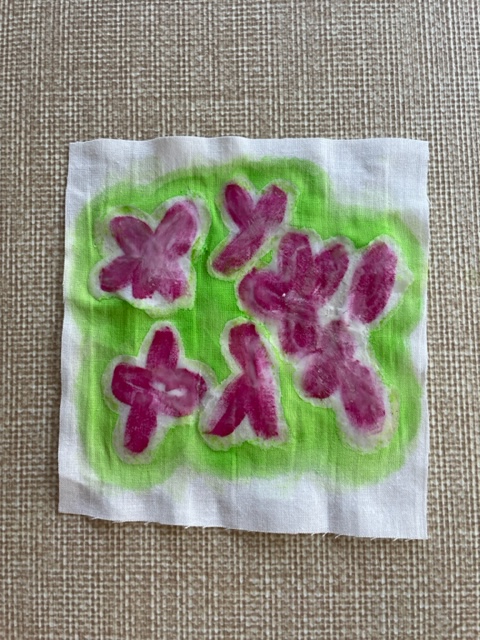

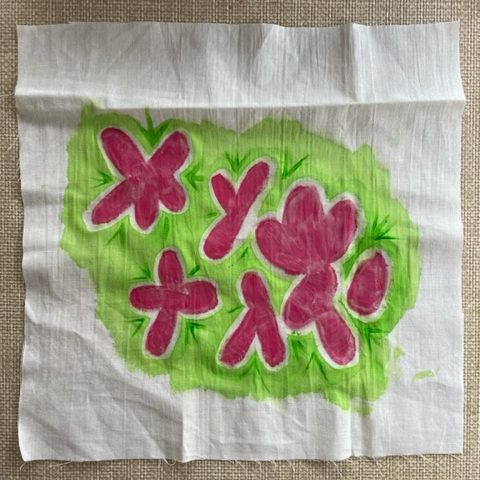
For this textile, I selected a dark green cotton fabric as the background cutting it 30cm by 30cm. I wanted to expand on the three dimensional flowers that I made in Project 2. Using the same velvet fabric, I cut thicker strips than the small version because I wanted to make big flowers. I am pleased I did because the fabric flowed more with the larger strips which created a better overall look.


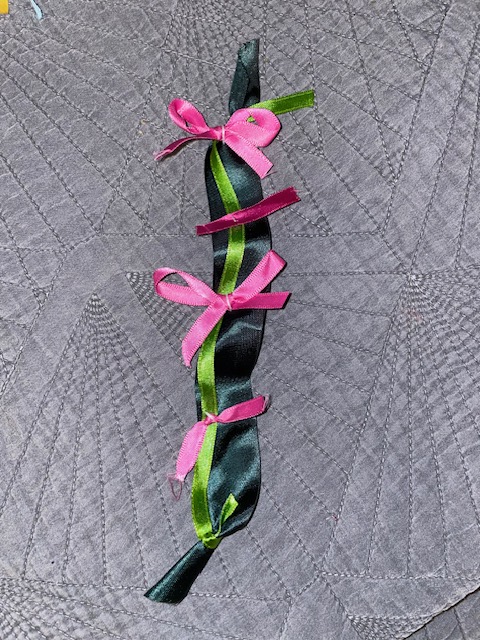

This textile has a variety of different fabrics involved in many shades of green. Following on from the textile sample in the previous project, I wanted the improved version to be louder in terms of size and colour. I cut many pointy strips of all different shades of green and then began placing them on the white fabric. Once they were in their designated position, I made a very small stitch, enough to keep them in place but still allow them to move freely. Layering the leaves on top of each other eventually created a three dimensional effect.
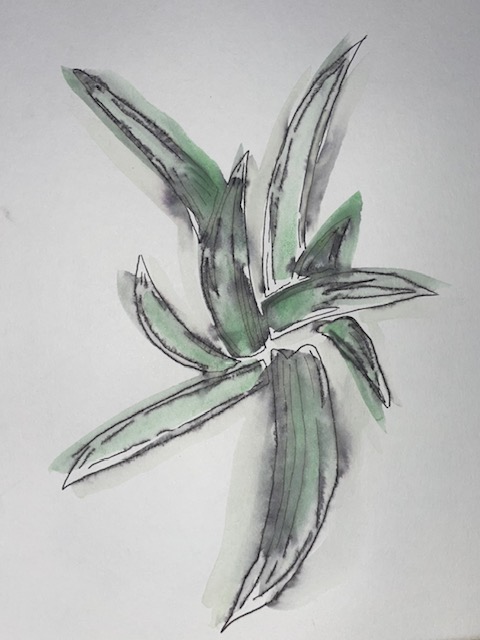
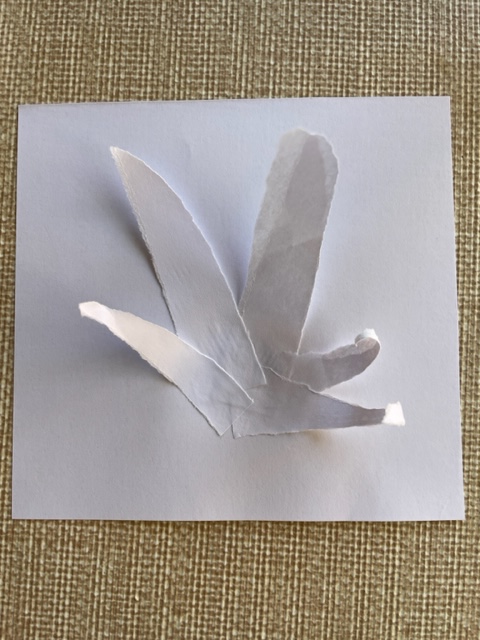
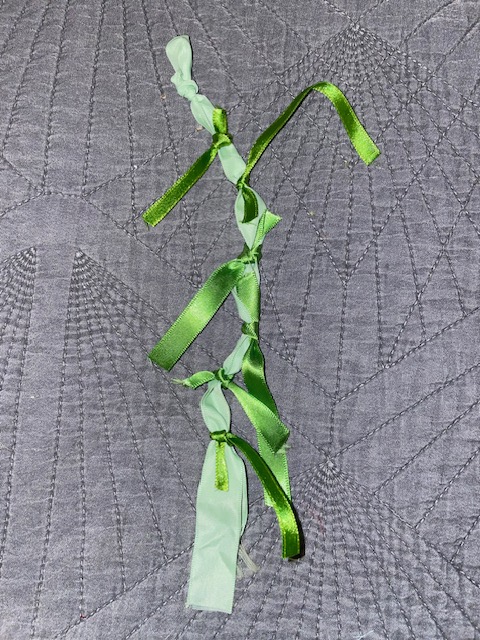
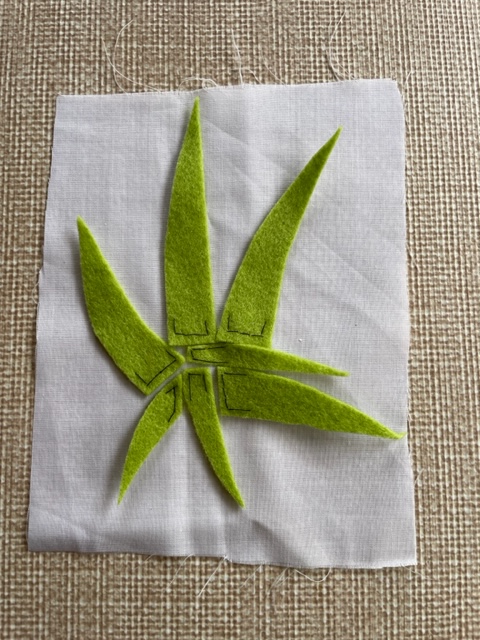
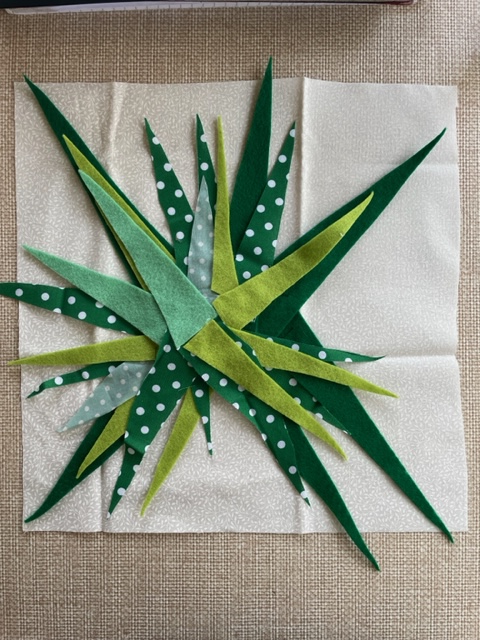
This was more of an experimental piece because I knew what I wanted to create in my head but I wasn’t sure how it come out on fabric. I also experimented with a new technique called quilting. I used 2 layers of silk fabric with a layer of cushiony fabric and sewed them all together to create a quilt. I then added features that translate the colours and proportions from the primary source. I really liked how the quilt felt when I’d finished it and I’m pleased with how the experiment turned out.
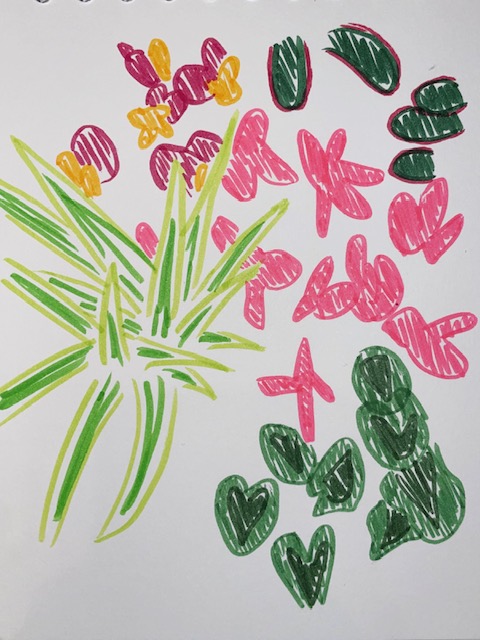

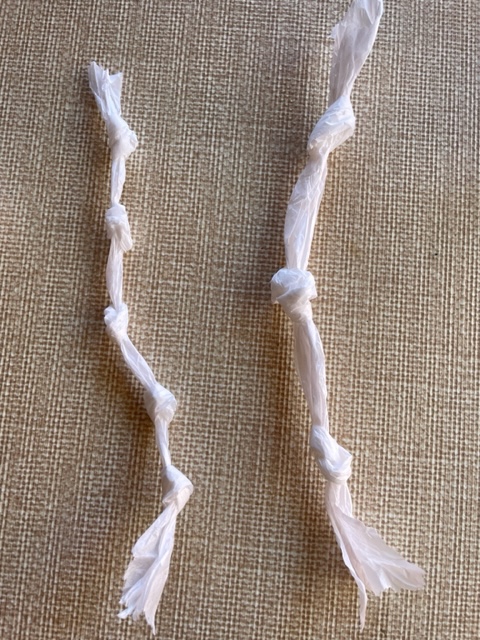

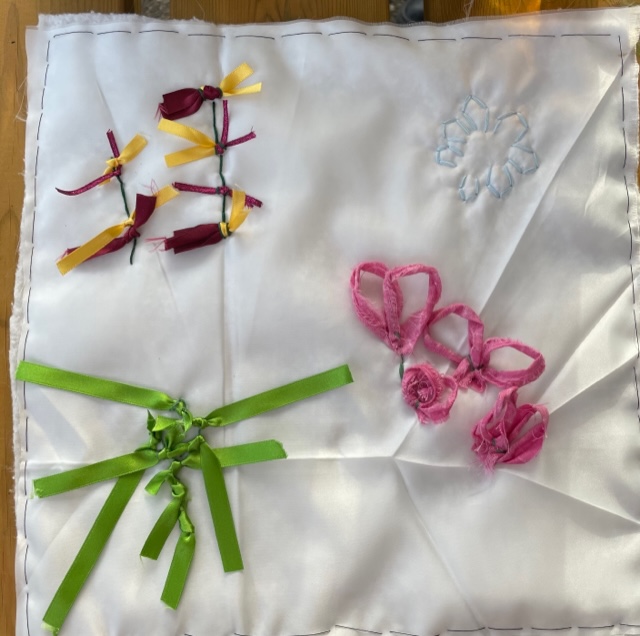
I chose to do something slightly different to the sample textile. Still using the black fabric, this time I wanted to make three dimensional leaves that stick out of the fabric. I made 10 leaves of about 8 cm in size and 5 different colours. I stitched the back and front of the leaf together using black thread and a back stitch leaving a little hole to put stuffing inside. When the stuffing was in, I closed the leaf up and attached them to the black backing fabric using the same black thread. This was a successful piece and I achieved what I wanted to do.
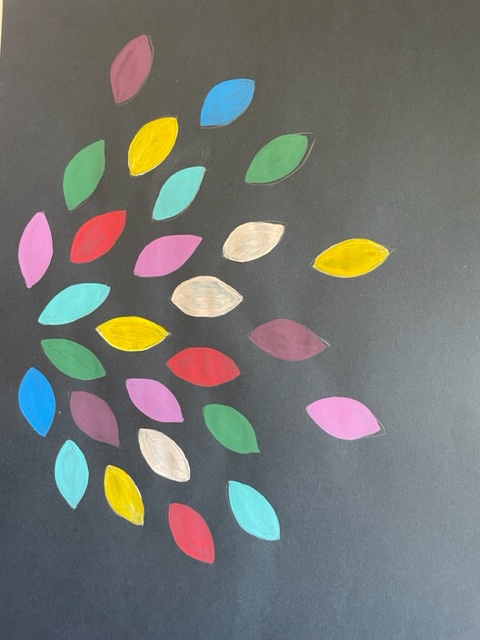


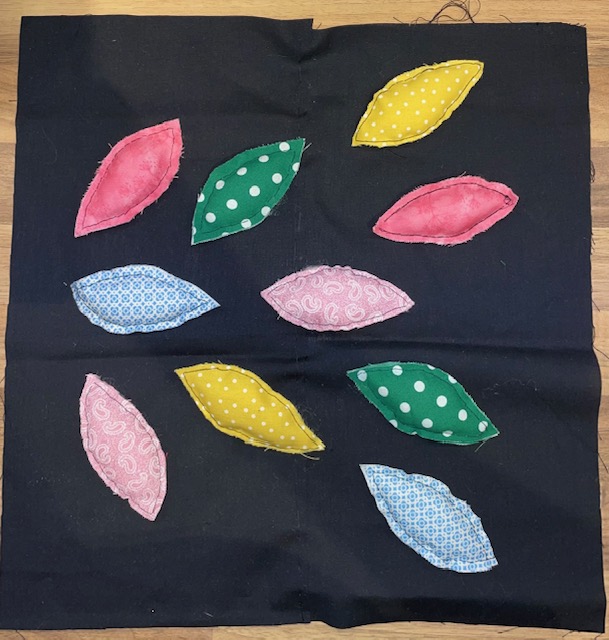
When all 6 samples were done, I had to present them in a clear manner. I had to consider whether they sit well next to each other and complement each other. I laid them all out and put them in a way that I felt either had matching materials used and therefore creates a continuous theme or they just complimented each other in some way.
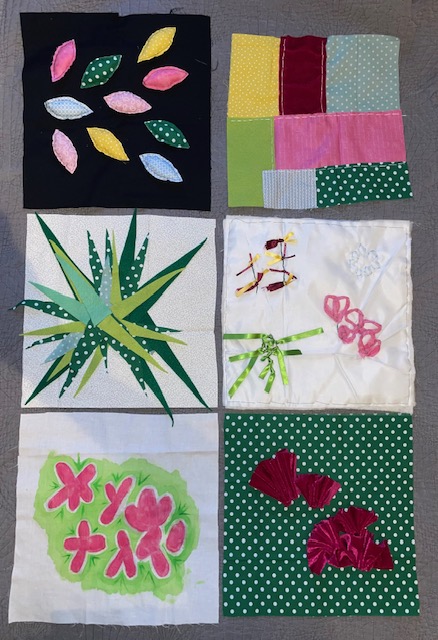
Written Reflection
Throughout this part of the course, I have felt like I have been so creative when working and I have thoroughly enjoyed it. I was able to use more tools and materials when experimenting with my work. I kept pushing myself to be more adventurous and I felt like I have made some strong pieces. I have also learned a lot throughout this part.
Learning the proper way of making a patchwork piece was good because it allowed me to build my knowledge. Once I knew how to do it properly, the idea of what I was going to do came a lot easier to me. I wanted to translate the colour proportions of the primary source and I think that was successful.
It was good to work with the batik technique again because I always loved doing it school. I didn’t have the full range of equipment needed but I made do with what I had and it turned out amazing. I will definitely use this technique in the future but I would use a tub to dye the full fabric next time.
The three dimensional flowers was fun to do and I loved the final piece but looking back on it, I could improve it a lot more. I could have filled the 30cm by 30cm fabric and spilled over the edges instead of keeping them so tight together.
The spider plant piece was successful and came out better than I thought it would. I managed to include a few different shades of green and a variety of leaf shapes. It was even more rewarding when it started to raise the more layers I added because it made it pop out of the fabric more.
Quilting was another fun one to learn and create that I will use in future projects. I like that the features on top of the quilting is minimal because there wasn’t a main focus other than the quilt. I think in future, I would experiment turning a batik textile into a quilt.
The three dimensional leaves was a skill I have learned before but it was good to use It again. Some of the leaves ended up thicker than the others because I added too much stuffing but it turned out great adding more texture to the piece.
Looking back at Ofili’s statement from the introduction of Part 5 and getting to the end of this part, I agree more with what he says about the exhibition not being the conclusion. As I said before, all work done leads to the next piece of work. If I wanted to expand on this capsule collection, I could turn them into cushions with them being a good size for it therefore this ‘ending’ wouldn’t be the end.
For the overall course, it was a challenge for me at the start and it was a rocky road. I struggled with my ADHD and the mental wall came up again stopping me from doing anything but I have had so much support from family and friends that motivated me to knock that all down and crack on with it. I’m glad I did because I’m determined to finish what I set out to do.
537 Words
Reflecting on Assessment Criteria
Demonstration of Technical and Visual Skills
My use of materials have been constantly improving throughout the whole course and I feel like I had used a variety of different materials in this part of the course. I have also gained knowledge on more techniques. My designs and composition skills have improved massively and I know what I need to work in future projects to improve it more.
Quality of Outcome
I feel like the presentation in my work has improved, everything is clear and easy to understand. I am able to communicate my ideas effectively and put ideas to paper.
Demonstration of Creativity
I have definitely been more creative towards the end of this course compared to the start and that’s because I have pushed myself out my comfort zone to be more experimental. I am pleased with the outcome of all my pieces in the last two parts of this course and I feel like I have created a good variety of work.
Context
I am able to reflect on my work thoroughly and pick out the strengths and weaknesses. I know where I need to improve on things and how to go about it. I feel like my critical thinking is still improving but I think that comes easier the more you do it.
